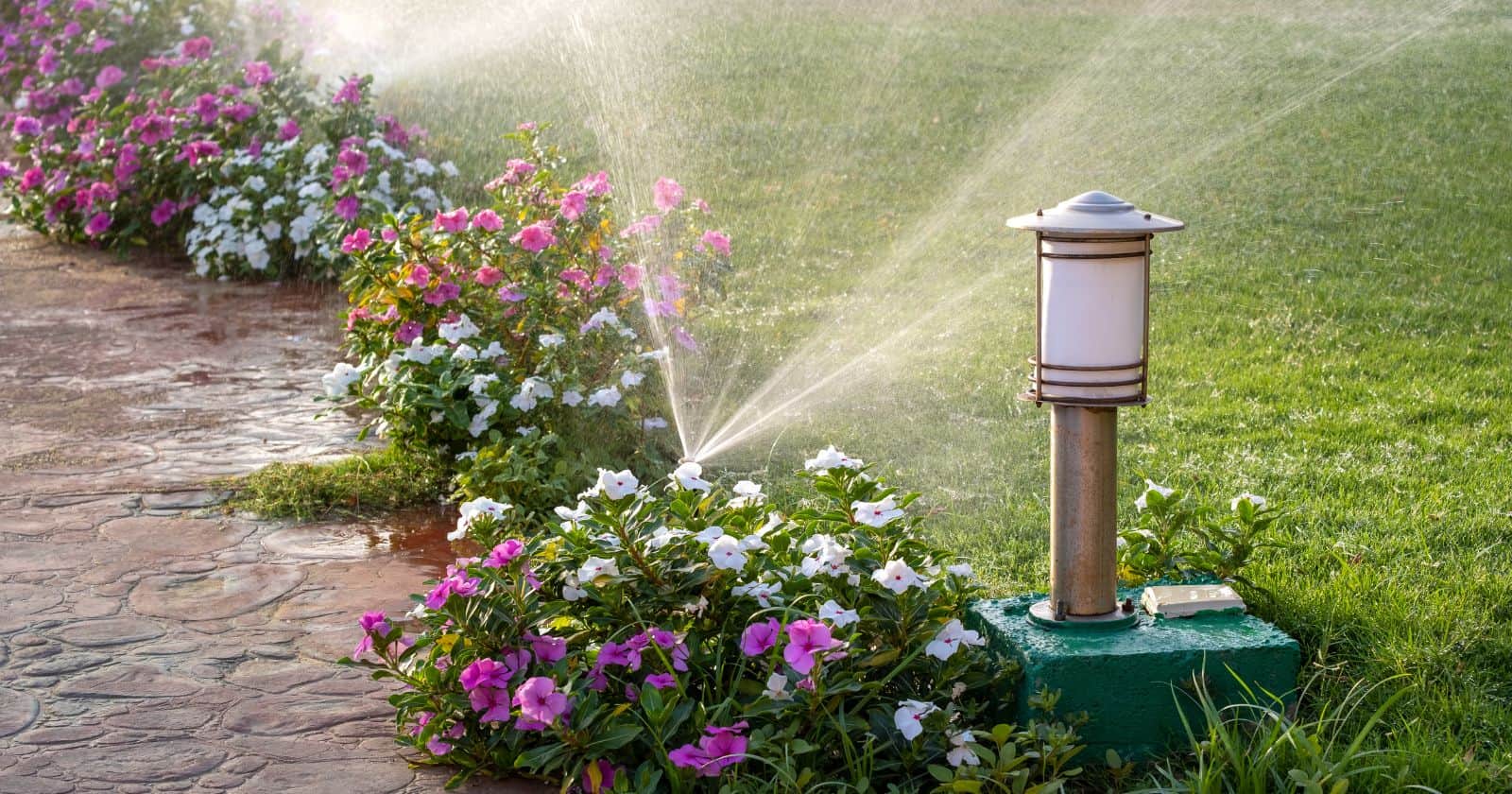If you’re looking for a natural way to protect your plants from pesky insects, then the answer is yes – cayenne pepper can be an excellent insect repellent!
Sprinkling or spraying a bit of cayenne pepper powder on and around your plants is an easy, budget-friendly pest control solution. The active compound capsaicin gives cayenne peppers their heat and intensely irritates most insects upon contact. This deters bugs from feeding on or sticking around your precious flowers and vegetables.
In this article, you’ll discover:
- How the science behind cayenne pepper keeps insects away
- Step-by-step instructions for making your own cayenne spray
- Tips for safely and effectively applying cayenne pepper in your garden
- Additional organic pest control remedies to try
Cayenne pepper offers a natural alternative to harsh pesticides. By incorporating spicy cayenne powder or spray into your gardening routine, you can reap the insect-fighting benefits and grow plants flourishing with health.
Let’s explore how cayenne pepper can help you tackle troublesome garden pests and protect your flowers, herbs, fruits, and veggies from insect damage in a safe, natural way. This common
Why Cayenne Pepper Repels Bugs
Cayenne pepper contains a powerful compound called capsaicin. When insects ingest or come into contact with capsaicin, they experience extreme discomfort and pain.
Capsaicin activates sensory neurons in insects that detect heat and pain. This causes an intense burning sensation, deterring bugs from sticking around or feeding on your plants.
In addition to the spicy heat, cayenne pepper also contains antioxidants that can disrupt the nervous systems and cell membranes of soft-bodied insects like aphids.
Studies have shown cayenne pepper successfully repels:
- Aphids
- Beetles
- Caterpillars
- Ants
- Mosquitos
- Flies
- Spiders
- Whiteflies
However, cayenne will not harm helpful pollinators like bees. It only affects insects that chew, feed on, or otherwise damage your plants.
Now let’s look at how to harness the power of cayenne pepper in your own garden.
Will Cayenne Pepper Hurt My Flowers?
If you’re worried about hurting your ornamental or edible flowers with cayenne pepper spray, don’t be! Cayenne will deter insects from munching on your blossoms but will not damage the flowers themselves.
Most flowers tolerate diluted cayenne spray just fine. However, it’s always best to test a small portion of the plant first before spraying the entire thing.
Watch for 1-2 days for any reaction, such as wilted or dried petals. If no effect, the flowers should be safe for cayenne application.
When spraying flowers, stick to early morning or evening applications when pollinators are inactive. This prevents the spray from coating bees and butterflies.
Also, rinse blossoms thoroughly with water after application to prevent pollinators from being affected by pepper residue.
With proper precautions, a cayenne spray of 2 tablespoons cayenne powder per 1 gallon of water, plus 1 tsp dish soap, can safely deter pests from your flowering plants.
The capsaicin in cayenne pepper irritates and repels chewing, sucking, and boring insects that damage flower buds and petals. Yet it does not appear to harm the flowers themselves.
So go ahead and use cayenne spray to keep aphids, beetles, caterpillars, thrips, and other pests away from your beautiful blooms! With a few simple precautions, cayenne can protect flowers without hurting these delicate plants.
Creating a Homemade Cayenne Pepper Spray
Whipping up a homemade cayenne spray takes just a few simple ingredients. Here’s what you’ll need:
Ingredients:
- 2 tablespoons cayenne pepper powder or 5 tablespoons crushed red pepper flakes
- 1 gallon of water
- 1 teaspoon dish soap (Dawn or castile soap work best)
Supplies:
- Saucepan with lid
- Spoon for mixing
- Fine mesh strainer
- Spray bottle
Step-By-Step Instructions:
- Add the cayenne pepper and water to the saucepan.
- Bring the mixture to a boil over high heat. Then reduce heat and let it simmer for 15 minutes.
- Remove the pan from the heat and allow the mixture to cool completely. This allows the flavors to infuse.
- Once cool, strain the mixture through a fine mesh strainer to remove any solid pepper pieces.
- Transfer the strained liquid to a spray bottle, preferably one with a targeted spray nozzle.
- Add 1 teaspoon of dish soap and shake gently to combine. The soap helps the spray stick to plants.
- Label your cayenne spray and store any leftovers in the refrigerator for up to a week.
And that’s it – you’ve made an all-natural bug-busting cayenne spray!
Optional Enhancements
Want to make your cayenne spray even more powerful? Consider adding one of these optional extras:
- 1 bulb of crushed garlic – repels aphids
- 5 drops citrus essential oil – deters soft-bodied insects
- 1 tablespoon Ground black pepper – fights fungus gnats
- 2 cups Chopped peppermint – repels spiders and ants
Experiment to create your own signature cayenne spray blend!
How to Apply Cayenne Pepper Spray
A light coating of cayenne spray will protect your plants from insect invasion. Here are some tips for effective application:
When to spray: Early morning or evening when pollinators are less active. Avoid windy days.
How often: Every 1-2 weeks. More frequently if you have a heavy pest infestation.
Where to spray: Focus on stems, tops and undersides of leaves, and areas around the soil. Mist lightly across all plant surfaces.
What to wear: Gloves, goggles, mask, and long sleeves to protect yourself. Avoid inhaling vapors.
After handling: Wash hands, equipment, and any vegetables thoroughly after harvest.
Be sure to spray both sides of leaves and reapply after rain or watering. Consistency is key for optimal protection!
Precautions When Using Cayenne Pepper Spray
Cayenne pepper is natural, but also requires some safety precautions. Here’s how to prevent potential problems:
- Spot test on a small area first to ensure plant compatibility.
- Keep away from eyes and mucous membranes.
- Use gloves, goggles, and a mask to prevent skin irritation.
- Avoid breathing in vapors from the spray. Use a mask if necessary.
- Apply on a calm, dry day to prevent drift onto skin or other plants.
- Wash produce thoroughly before eating if sprayed directly on edible plants.
Take sensible precautions, and you can safely reap the insect-fighting benefits of cayenne spray!
Other Natural Pest Control Options
If cayenne pepper doesn’t give you the pest protection you need, try these other natural solutions:
Diatomaceous Earth
This powder contains tiny fossilized shells that scratch insect exoskeletons. Sprinkle it around plants and on top of soil. Completely non-toxic!
Insecticidal Soap
Made from plant oils, insecticidal soap suffocates soft-bodied pests like aphids and mites. Spray it directly on infested plants.
Neem Oil
Derived from the neem tree, this oil disrupts insects’ hormonal systems. Mix with water and spray weekly to control fungus, mites, aphids, and more.
Beneficial Insects
Welcome pest predators like ladybugs, lacewings, and parasitic wasps to naturally reduce pest populations in your garden.
Companion Planting
Deter pests by interplanting aromatics like basil, onions, and marigolds which insects dislike.
Garden Hygiene
Control pest breeding by removing diseased plants, fallen fruits/veggies, and weeds where insects thrive.
Try combining these organic remedies to kick problem insects out of your garden for good!
Grow a Garden Free of Pests with Cayenne Pepper
As you can see, cayenne pepper is an easy, budget-friendly way to protect your plants naturally.
Whip up a homemade spray, apply it diligently to your garden, and watch those pesky bugs flee from the spicy offense.
Combine cayenne with other organic pest control options for the best results. With a solution as simple as a sprinkle of cayenne pepper powder or spray, you can deter insects and grow a thriving, vibrant garden.





